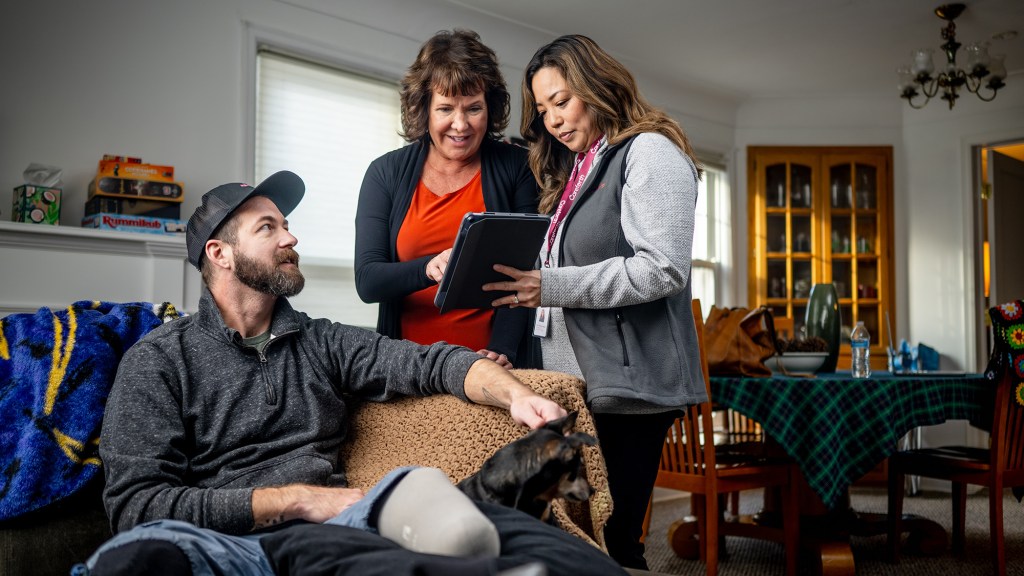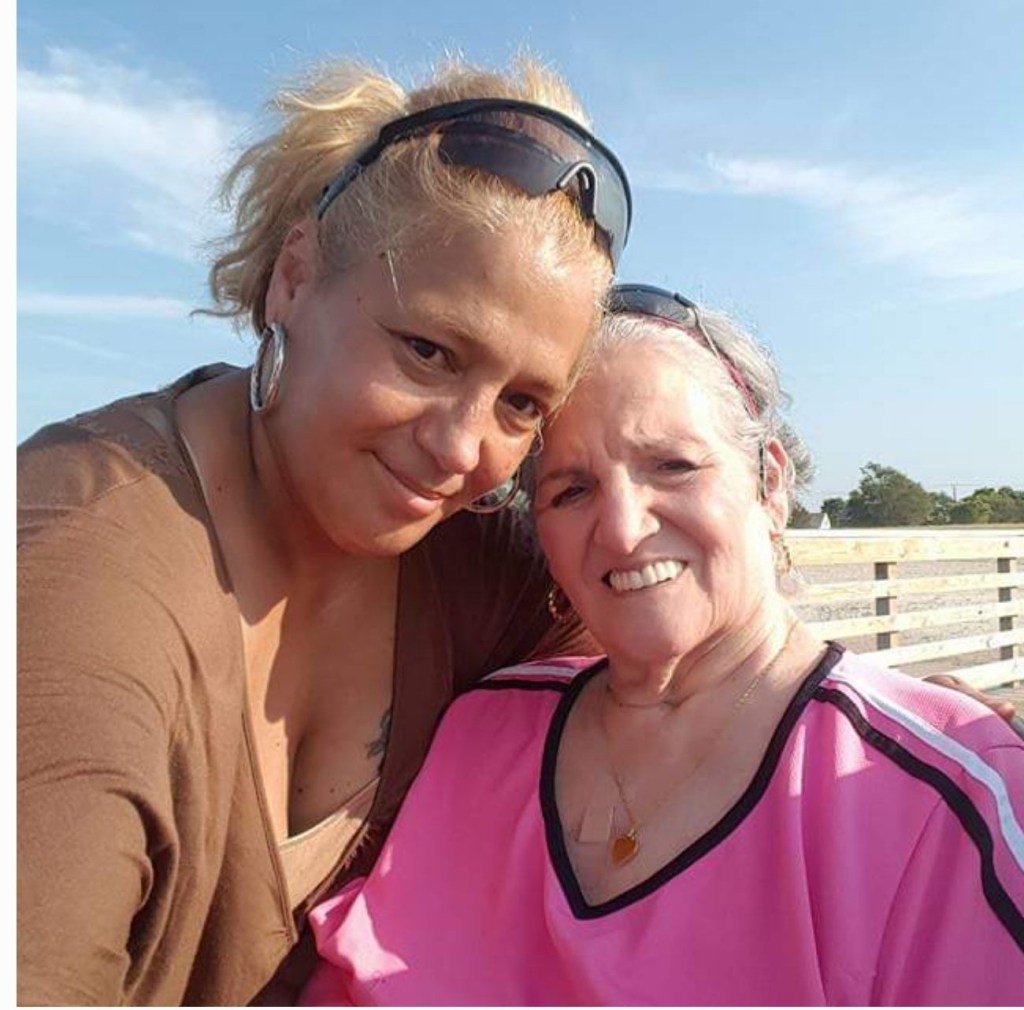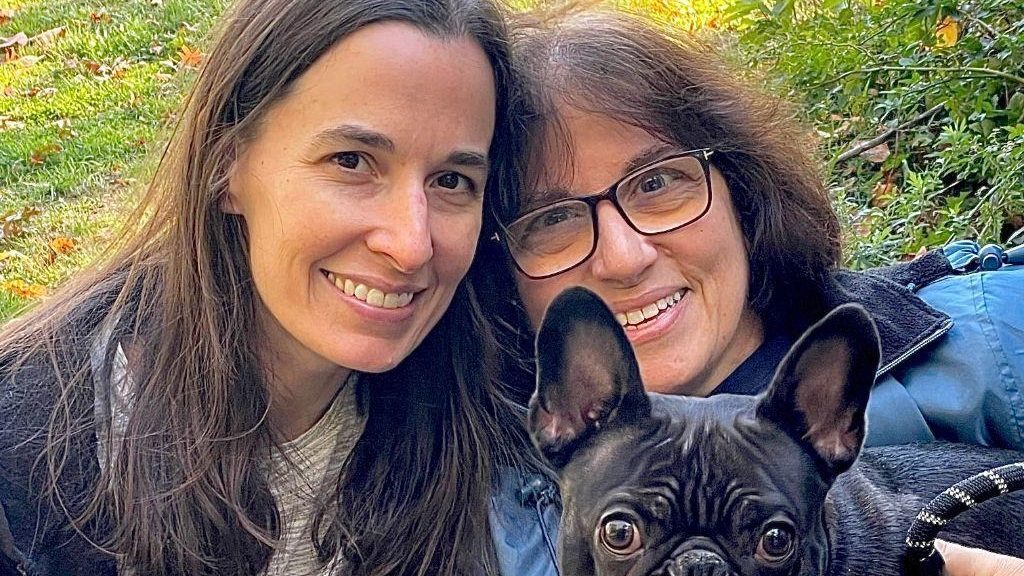Despite the benefits of integrating family caregivers into the formal care team, which was discussed in detail in a
previous post, there are several barriers that make family caregiver integration challenging.
We recently partnered with the RAND Corporation on a
report titled
A Framework for Integrating Family Caregivers into the Health Care Team, which provides a roadmap for achieving more effective family caregiver-formal care team integration. Throughout November, which is National Family Caregivers Month, we’ll cover the RAND report’s findings, including breaking down the barriers to entry and potential policy solutions.
In this second post in our series, we’ll explore two prominent barriers to family caregiver integration, including the challenges of identifying family caregivers and effective communication.
Read the full RAND Health report here
Identifying Caregivers is a Challenge for Health Care Providers
One prominent roadblock to family caregiver integration is that the health care system has a difficult time identifying family caregivers. This is because many individuals
don’t self-identify as caregivers, instead viewing the tasks they’re managing for the person in their care as something they simply do for a family member. Care recipients also may not think of their family members as caregivers.
Today’s older adults often are independent and value their autonomy, and many prefer to remain in control of their care. As such, the idea of having family members involved in their care may be undesirable, making it difficult for care providers to communicate with family caregivers while respecting the patient’s desire for independence. There’s also no standard way to record caregiver information in a patient’s health record, so care providers who are not familiar with a patient’s family dynamics may not know who to communicate with.
Ineffective Communication and Information-Sharing Prevents Full Collaboration Between Caregivers and Providers
Ideally, family caregiver integration means that communication can be easily exchanged between the health care team and caregivers, among providers, and among multiple caregivers. However, even health care teams that do include caregivers struggle with effectively coordinating a patient’s care with their caregivers. This may be due to differences in communication styles, as formal care providers are used to communicating in clinical language, using medical terminology that may be difficult for family caregivers to understand.
Family caregivers have more direct access to and spend more time with their care recipients, so they may
notice subtle changes in the patient’s health status and quality of life that clinical providers could miss. Yet, family caregivers don’t always have the means to
share this information with providers.
Family caregivers may become overwhelmed with too much information, and they may not be equipped or have time to sort through all the resources. They also may
lack the information or tools they need to carry out their caregiving duties due to a lack of access to clinical providers or patient records.
When patients
aren’t able to communicate their preferences regarding who should be involved with their care, HIPAA’s privacy regulations limit providers’ ability to discuss the patient’s needs with family caregivers. A fragmented health care system means that providers don’t always communicate with each other about a patient’s care. As a result, a provider may not be aware of other conditions a patient being is treated for, making it difficult for providers to provide relevant and accurate information to family caregivers.
Sadly, an inability to communicate effectively with health care providers often leaves older adults and
family caregivers feeling isolated. RAND Corporation’s research explores these and other barriers to integrating family caregivers into the formal care team, as well as recommend policy directions to help overcome these barriers and support more effective family caregiver-care team collaboration. In the next post, we’ll discuss the challenges of time limitations and competing demands, as well as trust and cultural barriers that can make family caregiver integration challenging.



